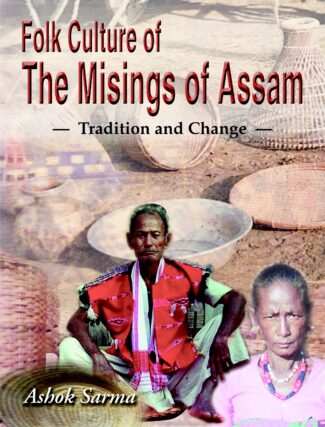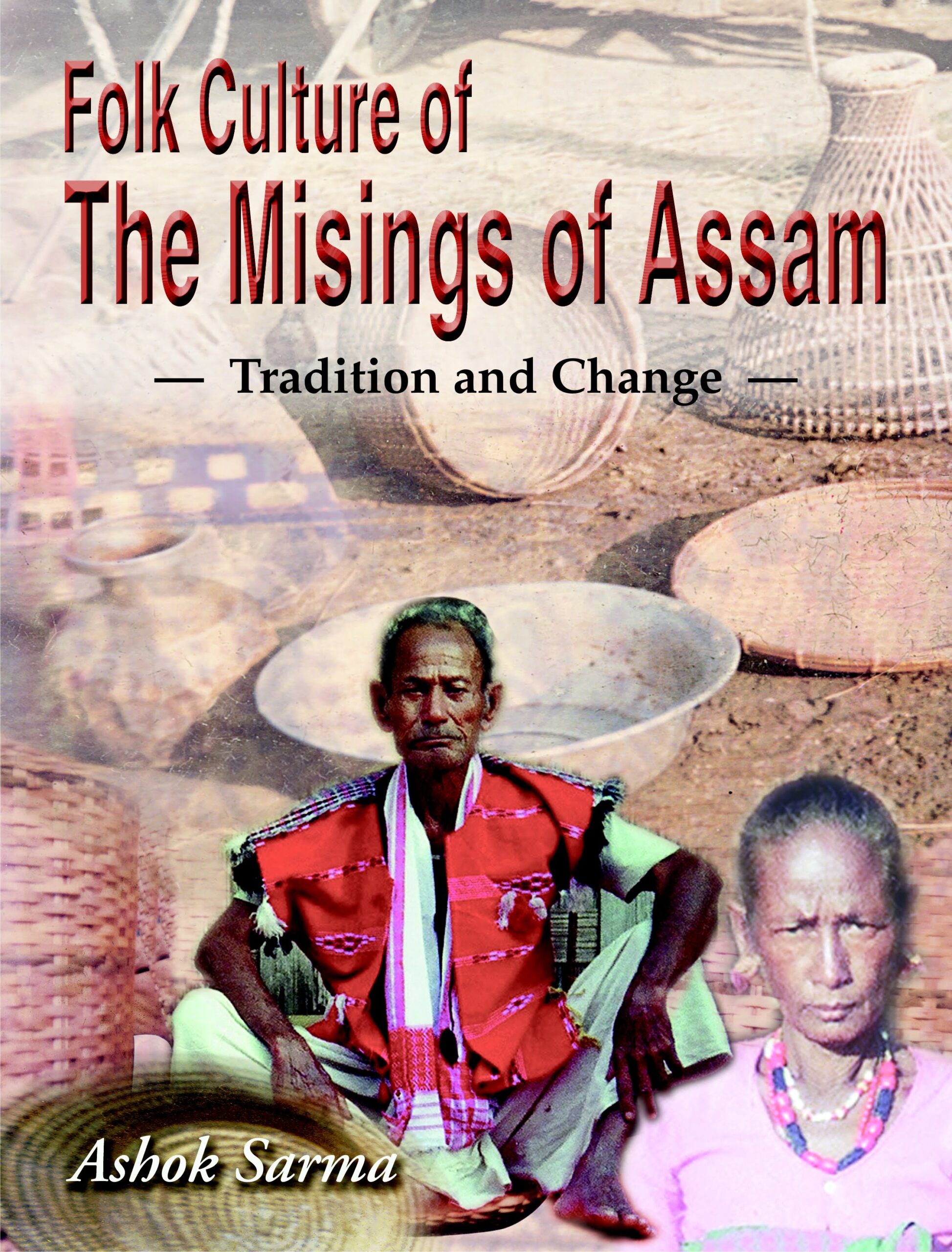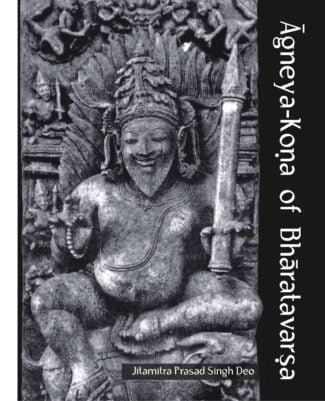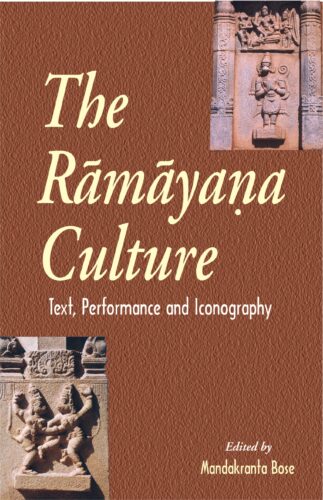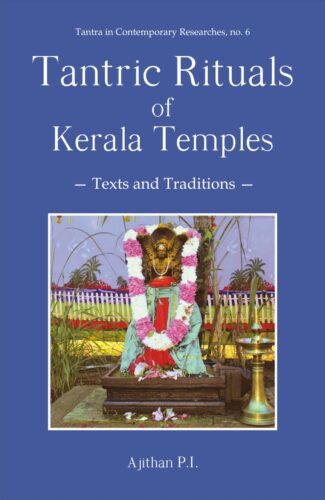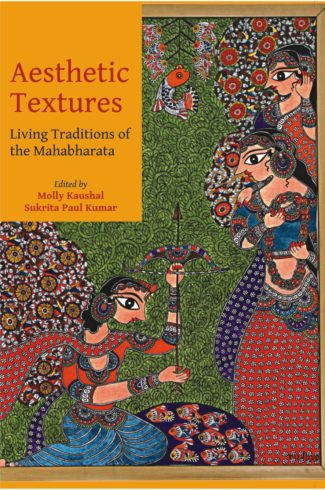

Folk Culture of the ...
Folk Culture of the Misings of Assam
Tradition and Change by: Ashok SarmaThe book is an in-depth study of the socio-cultural life of the Mising tribe of Assam. It studies the factors influencing their material culture, traditional life pattern, art and craft activity et al. and tries to analyze the impact of modernisation, acculturation and urbanization faced by them.
Original price was: ₹1,100.00.₹990.00Current price is: ₹990.00.
ISBN: 9788186921272
Year Of Publication: 2004
Edition: 1st
Pages : xx, 228
Bibliographic Details : Glossary; Bibliography; Index
Language : English
Binding : Hardcover
Publisher: Decent Books
Size: 25 cm.
Weight: 775
The book is an in-depth study of the socio-cultural life of the Mising tribe of Assam, the second largest among the plain tribes of Assam. Studying their oral narratives, it deals with the factors that influence the material culture of the tribe and delve, broadly, into their folk art, craft, architecture, costumes and ornaments and food. It examines the way their traditional life pattern and legends, myths and tales are interwoven in aspects of their artistic and cultural life, painting and sculpture, specific preoccupations as that of doll-making and the tradition of swastika emblems, for instance. Dr. Sarma studies a vast range of their art and craft activity: weaving and embroidery, designs depicted, cane and bamboo works, wood works, metallic tools and other implements, earthen pottery, aspects of building, traditional cooking process and food types and preservation. He, significantly, tries to analyse the process of modernisation, acculturation and urbanization the Misings are undergoing and the impact of these factors on the tribes people which is resulting in, among other things, erosion of their traditional life and folk culture. The work will interest students and scholars of Indian anthropology, sociology and specifically of folk cultures and traditions. General readers will also find the work extremely interesting and informative.
Preface
Abbreviations
List of Figures & Maps
List of Tables
List of Visuals
Map 1: India — Position of Orissa in India
Map 2: Orissa — Bissam Katak Tahasil, District Rayagada
1. Context, Objectives and Research Approach
Geographical Setting
Indigenous Knowledge and Development
Research Objectives
Methods and Techniques of Data Collection
Previous Studies
2. The Dongaria Kondh Community
Village Setting and Arrangement of Houses
Settlement Pattern — Oral History of Dongaria Settlement — Selection of a Site — Villages of the Research Area — Change of a Settlement — Structure of a Settlement — Location of Settlements — Housing Pattern and Space Arrangements — Building New Houses — Construction of Sadar Kudi or Padari Kudi
Social Organisation and Lineage
Political Organisation
Jani Punja — Pujari Punja — Mandal Punja — Bisimajhi Punja — Barika
Stratification of Religious Services
Life Cycle Rituals
Birth Rites — Marriage (Hedi) : Arranged Types — Divorce (Pihija Turteyu) — Death Rites (Sudhi or Ambmata Rupina) — Destiny of the Spirit after Death
Inter-Ethnic Relationship
3. The Dongaria Economy
Economic Organisation
Major Sources of Livelihood
Fishing (minka beta) and Hunting (beta)
Food Gathering, Drinks and Narcotics
Livestock Management
Pig (Paji) — Goat (Ada) — Cattle (Kading) — Buffalo (Kadru) — Fowl (Kayu) — Pigeon (Parang)
4. Transmission and Specialists of Knowledge
Practical Knowledge
Learning at Home — Learning in the Forest
Knowledge, Skill and Status of Instrumentalists
Becoming a Shaman
Becoming a Medicine Man or Disari
Case Study I — Case Study II — Case Study III — Case Study IV
A Group Discussion with Elder Priests
Test of Gambling (Juakhela) — Test of Walking on a Rope — Test of Literacy — Collection of Medicine from Pond Bed — The Act of Transformation into a Tiger (Kai Kdani) — Knowledge and its Specialists) — Gender and Wisdom
Hierarchy of Specialists
Disari — Sisa — Peju — Bahuki — Pujuni — Gurmeni — Bajayun or Bajneyun — Budhi — Bateri
5. Oral Traditions and Cosmology
Cosmogonical Myths
The Dongaria Myth of Origin, Phase II : Evolution of Religious Beliefs and Practices
Dongaria Myth of Origin, Phase III : Duku-Dumbe Katha (Duku Dumbes Tale)
The Myth of Niyamraja, Niyamgiri, and Naktivali
Water Resources and Myths Related to Streams
Learning from Oral Tradition
Forms of Oral Lore — Narratives Techniques
6. Knowledge of the Supernatural Environment
The Dongaria View of the Supernatural
Divine Environmental Forces
Horu Penu — Danda Penu — Lada Penu — Niyamraja Penu — Kaman Penu — Dharani Penu — Gangi Penu — Sandi Penu — Mardi Penu — Katei Penu — Giri Buleni Penu — Jaura Penu or Jamarani
Household and Village Deities
Ilu Penu — Holu Penu — Handanikudi Penu or SIta Penu — Kandadoe Penu — Tudiaa Penu — Village Deities
Other Deities
Worship of Other Important Deities
Gangi Penu — Kidi Penu — Kadiyu Penu
7. Knowledge of the Natural Environment
Social Dimensions of a Hill
Physical Configuration of Hills and their Management
Perception and Classification of Forests
Horu : Hill — Kaman : Forest of Large Trees — Jada : Forest of Small Trees — Hada : Forest of Bushes — Patra or Dasak : Plateaus — Trunjeli Muanri : Restricted Forest — Mahane Dangu : Forest with Cremation Grounds — Nellu and Neta : Swiddens
Perception, Classification and Social Aspects of Plants and Trees
Indigenous Rationale to Perceive Trees and their Parts — The Social Significance of Plants and Trees — Caryota Urens (Mada Mara) — Sargi Mara : Shorea Robusta Gaertn. F. — Bela Mara : Aegle Marmelos (L.) Corr. — Nima Mara : Azadirachta Indica A. Juss. — Made Mara : Lannea Coromandelica (Houtt.) Merr. — Leka Mara : Bombax Malabaricum DC. — Kendu Mara : Diospyros Melanoxylon Roxb. — Bundeni Mara : Cassia Fistula L. — Dhaman Mara : Grewia Tiliaefolia Vahl. — Bija Mara : Pterocarpus Marsupium Roxb. — Mading : Bambusa Species — Heperi : Thysanolaena Maxima O. Ktze. Syn : Thysanolaena Agrostis Nees. — Wika : Themeda Arundinacea — Paeri : Bauhinia Vahlii Wt. & Arn.
Perception of Life of Natural Objects
Classification of Soil
8. Knowledge of Cultivation
Shifting Cultivation
Basic Features of Shifting Cultivation — Stages of Shifting Cultivation
Traditional Distribution of the Hill Lands and Land Classification
Ploting of Hill Lands and Denominations — Traditional Land Distribution Pattern — Land Classification
Swidden Products, Agricultural Practices and Protection Measures
Pigeon-Pea (Cajanus Cajan L. Millsp.) : Kaanga — Cow Pea (Vigna Indica L.) : Jhudunga Cow Pea : (Vigna Species) : Katinga — Castor (Ricinus Communis L.) : Kabang — Yam (Dioscorea L.) : Uhakuna — Sweet Potato (Ipomoea Batatas (L.) Lam.) : Ranikuna — Tapioca (Manihot Esculenta Cranz) : Leka Kuna — Bird Chilli (Capsicum Frutescens L.) : Ichun Adna
Mid-Term Agricultural Practices
Huda Rena : Weeding — Transplanting — Harvesting — Fallow Period — Safeguarding the Crops and Trees
Horticulture and other Important Crops
Bada : Orchards — Important Horticultural Plants — Swidden Vs. Horticulture
9. Knowledge of Forest Management
Utilisation of Kaman, Jada and Hada
Religious Aspects of Forest Management
The Forest as a Resource
Aspects of Indigenous Forest Conservation
10. Dongaria and Tribal Natural Resources Ownership Claims : An Outlook on Indian Forest Policy
The Forest Around the Dongaria Habitat
Interference in Forests
Problems with Minor Forest Produce (MFP)/Non-Timber Forest Products (NTFP)
Conservation Strategy and Joint Forest Management (JFM)
Forest Policy in India with a Glance at Orissas Forest Culture
Appendix: List of Botanical Names
Glossary
Bibliography
Visuals
Index


